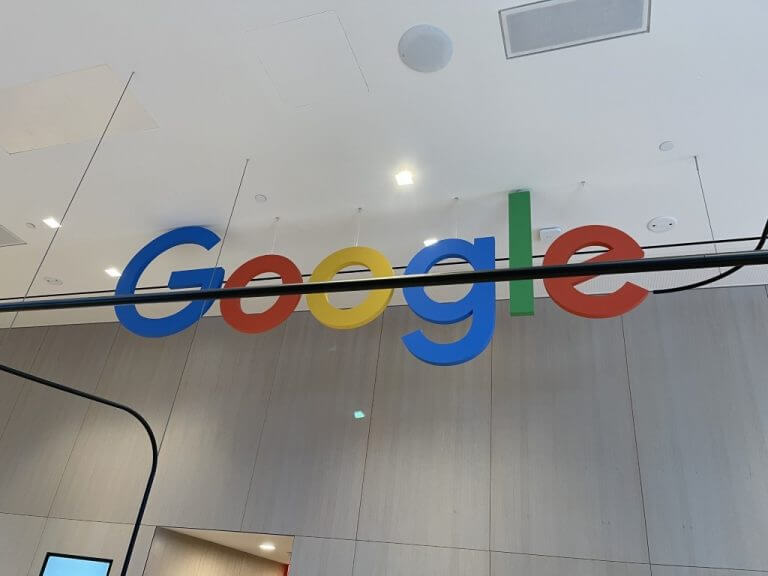Google has announced expanded options for folks to remove their personal information from search results on the Google search engine. The news comes via a blog post, and, per the company is a way to “empower people with the tools they need to protect themselves and keep their sensitive, personally identifiable information private.”
It was always possible to request Google to remove information like banking and credit card details to help avoid identity theft from search results, but the new options move beyond that to protect against unwanted direct contact or even physical harm. Users can now request to remove personal contact information like a phone number, email address, or physical address.
The policy also allows for the removal of additional information that may pose a risk for identity theft, such as confidential log-in credentials. Related, Google even announced that parents can request to remove the images of any child under the age of 18 from Google results.
To start the removal process, you’ll need to visit Google’s support page. From there, you’ll have to submit the URL in question. You’ll also need to show “explicit or implicit threats” or “explicit or implicit calls to action for others to harm or harass.” as evidence. After evaluation, Google might then reach out and ask for more information that’s needed. Notification will then be provided if action is taken. Any denied requests can be submitted. It is important to note, though, that only the search result will be removed, and not the page itself, since Google is just a search engine.
Microsoft’s own Search Engine, Bing, has a similar process, as explained in the How Bing delivers search results webpage. From this webpage, users can click a link to the Report a Concern to Bing webpage. The webpage lets you report that your private information is on Bing. It specially mentions intimate imagery, credit card numbers, or passwords, but there is no mention of phone numbers, email addresses, or physical addresses, as is now the case with Google. Users can fill out a form and upload proof and expect a response from Microsoft.


